we know too much about it_Victorian Era.
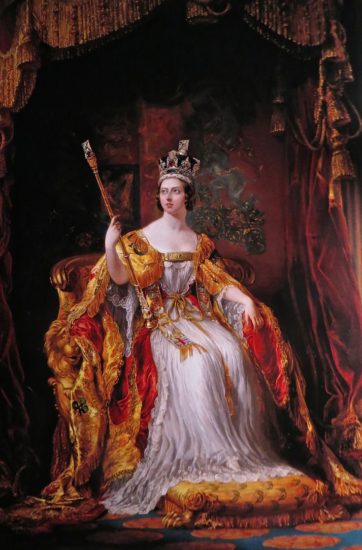
Victorian era, the period of Queen Victoria’s reign (1837–1901) and characterized by a class-based society, a growing number of people able to vote, a growing state and economy, and Britian’s status as the most powerful empire in the world.
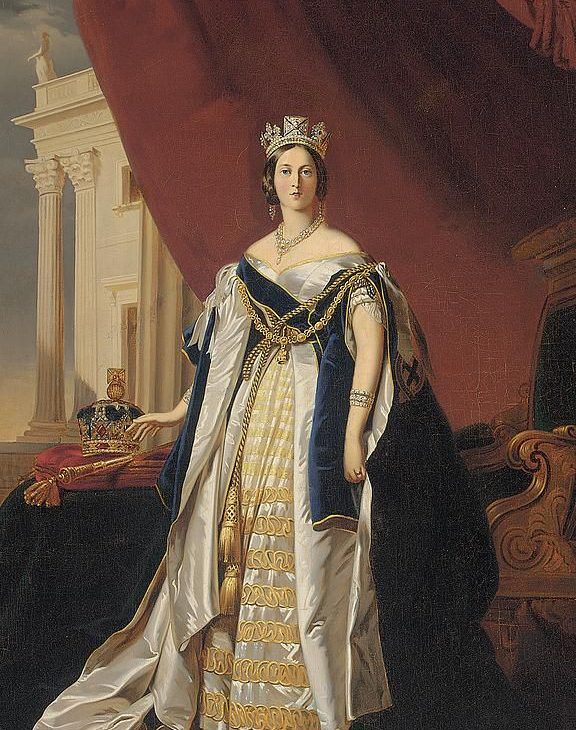
During the Victorian period, Britain was a powerful nation with a rich culture. It had a stable government, a growing state, and an expanding franchise. It also controlled a large empire, and it was wealthy, in part because of its degree of industrialization and its imperial holdings and in spite of the fact that three-fourths or more of its population was working-class. Late in the period, Britain began to decline as a global political and economic power relative to other major powers, particularly the United States, but this decline was not acutely noticeable until after World War 2.
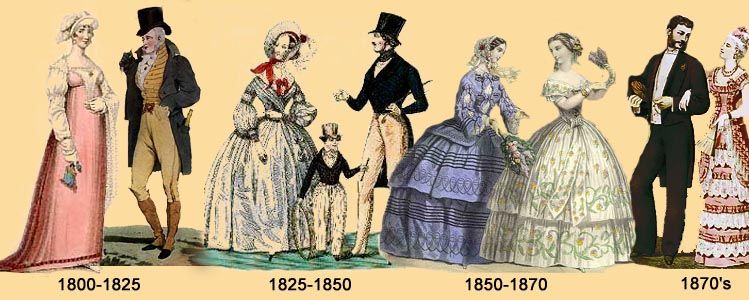
The Victorian Period in Fashion
Studying Victorian fashion history for women can be a fascinating task. This era in fashion ranged primarily from the mid-1800s to the early 1900s. It’s named for the influential English queen of the time, and her style came to define one of the most memorable periods in modern history. Queen Victoria enjoyed a long reign, spanning 64 years. Her fashion influence gradually changed over time, so the end of the era differed markedly from the beginning.
1840: At the beginning of Victorian fashion, women’s dresses featured sumptuous shapes — the bodice fit closely, but the skirt was full and voluminous. Sleeves became slimmer over time. The tiny waist favored during this era was achieved with confining boning, a fashion feature that would plague women until the early 20th century. This early period lasted from about 1840 to 1860. Even during this time, subtle changes to Victorian fashion took place
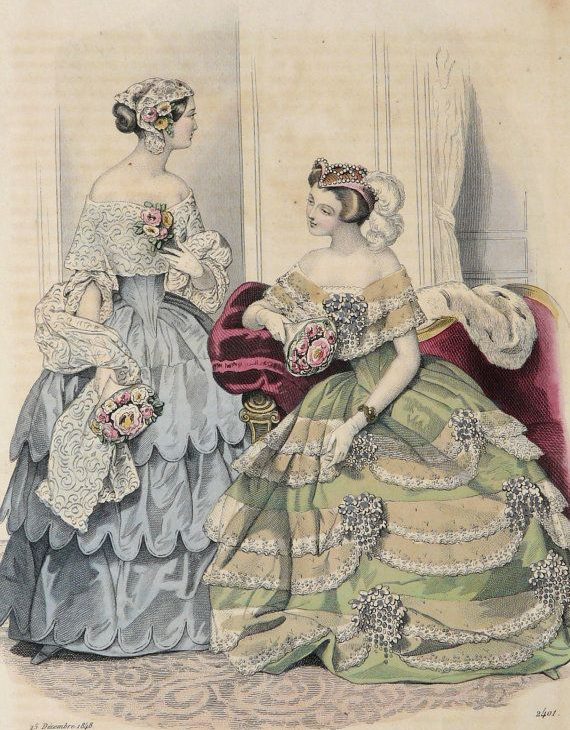
The mid-1840s: Around the mid-1840s, a style feature actually affected women’s movements, which fit right into the severely limited role of women of the time. The sleeve seams lowered, which didn’t allow women to freely move their arms. Victorian-era women — already hampered by society’s view of them as helpless, hapless creatures — were now further restricted by their own clothing! Plus, in contrast to the rich colors frequently seen in the Regency style, Victorian fashion dictated more demure colors to go along with the idea of the weak and vulnerable woman wearing them. Since modesty was a much-valued virtue, women often donned detachable white collars, which could be washed more frequently and easily than an entire dress. Detached collars and undersleeves were detailed with dainty whitework, further enhancing a woman’s refinement and place in society.
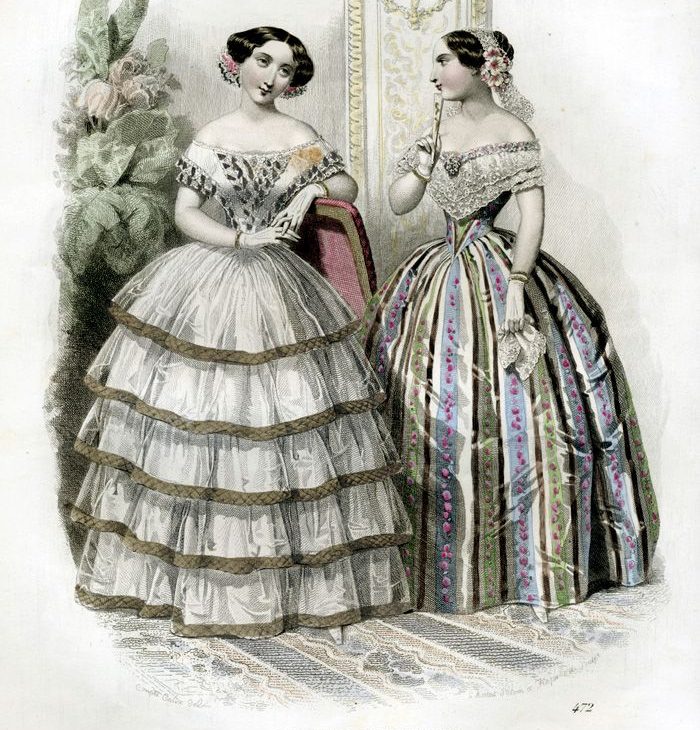
The flounced skirt: During the day, women began to wear short overskirts over their dresses, or skirts with several flounced layers. This widened the bottom silhouette even further, providing a good deal of contrast with the narrower top. Petticoats and crinolines under the skirts enhanced the bell shape even more.
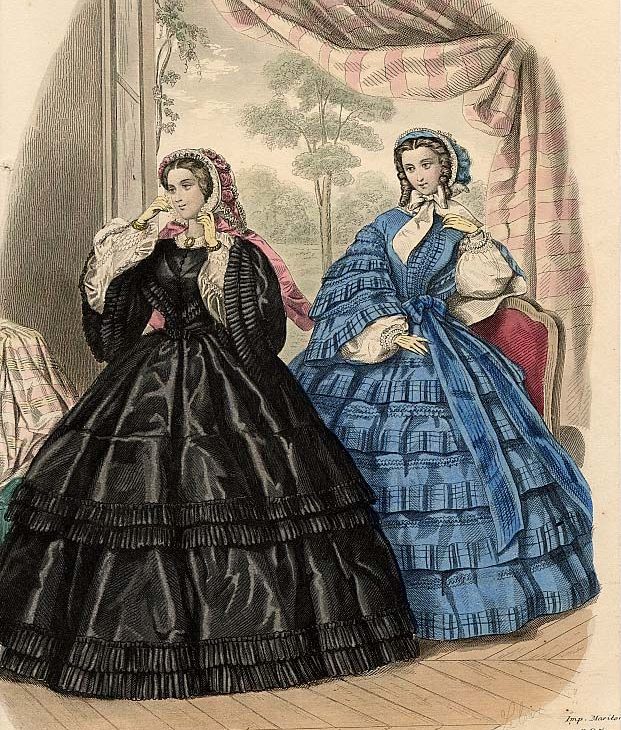
Lace and shawls: Delicate lace and shawls worn over the shoulders were a hallmark of Victorian fashion. Because genteel ladies were expected to do little more than mind the home, their children and engage in needlework, lace became a feature on many bodices. This was mainly true for the upper classes, who began to wear more décolleté-revealing dresses — lower-class women didn’t wear such garments. Additions and shawls were necessary to provide the modest air that Victorian women were so interested in portraying.
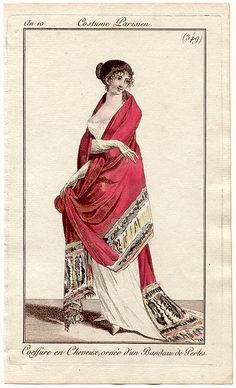
The 1860s: Around this latter part of the Victorian era, fashion changed due to a couple of factors: the sewing machine was recently invented and synthetic dyes created a wider range of colors. Skirts lost some of the volumes in the front but kept it in the back.
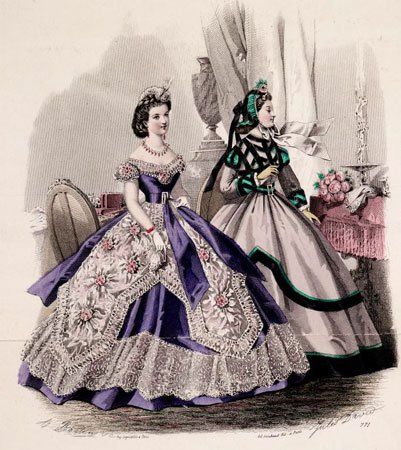
Princess and bustle skirts: As the 1860s wore on, crinolines fell out of favor because the popular skirt style featured a fuller drape in the back with a straight front. In addition, the colors of underskirts contrasted with overskirts, and skirts contained plenty of embellishments like ribbon and lace. Skirt trains were not only seen on evening dresses but on day dresses as well by the early 1870s. The bustle skirt became very fashionable, with its large volume in the back, falling into a straight drape.
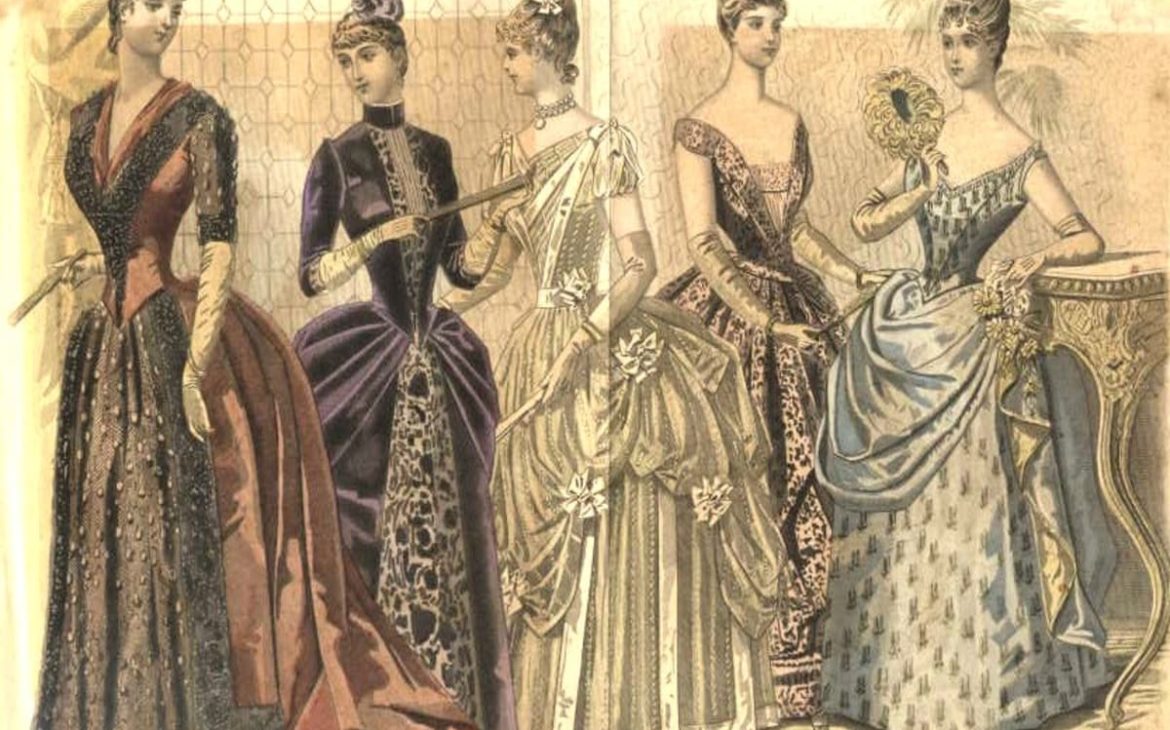
The early 1900s: As the Victorian era wound to a close, the drastic change in women’s silhouettes was apparent. Instead of the wide, hooped skirts so popular 60 years prior, women wore slimmer, more elongated dresses all of one piece. They also wore nipped-waist jackets with full shoulders, to balance a wide-brimmed hat, which gradually replaced the more demure bonnet.
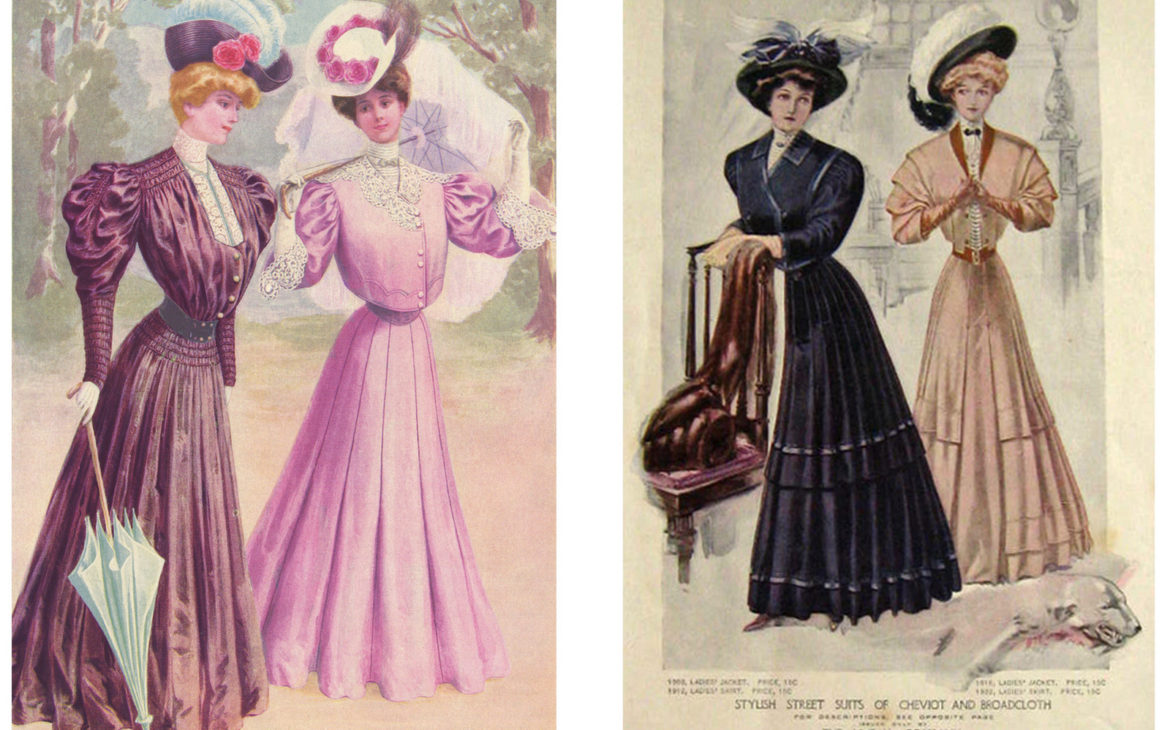
End of an Era
Throughout women’s fashion history societal roles had a great impact on clothing. As the Victorian era ended, a new style silhouette quickly moved in, which was more suited to women’s burgeoning freedom and new movements designed to secure more rights for them.
Here’s a short video showcasing Victorian Era fashion.
Thank You, See you Soon..
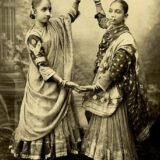

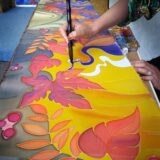

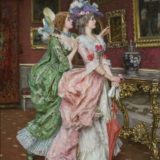
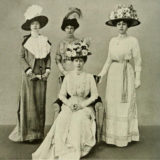

Comments are closed.